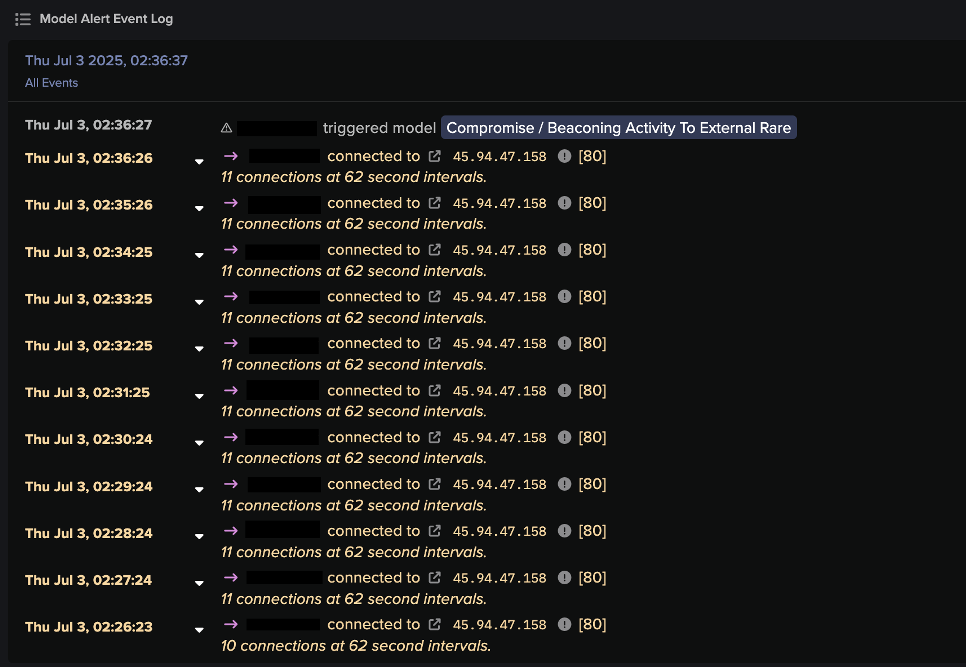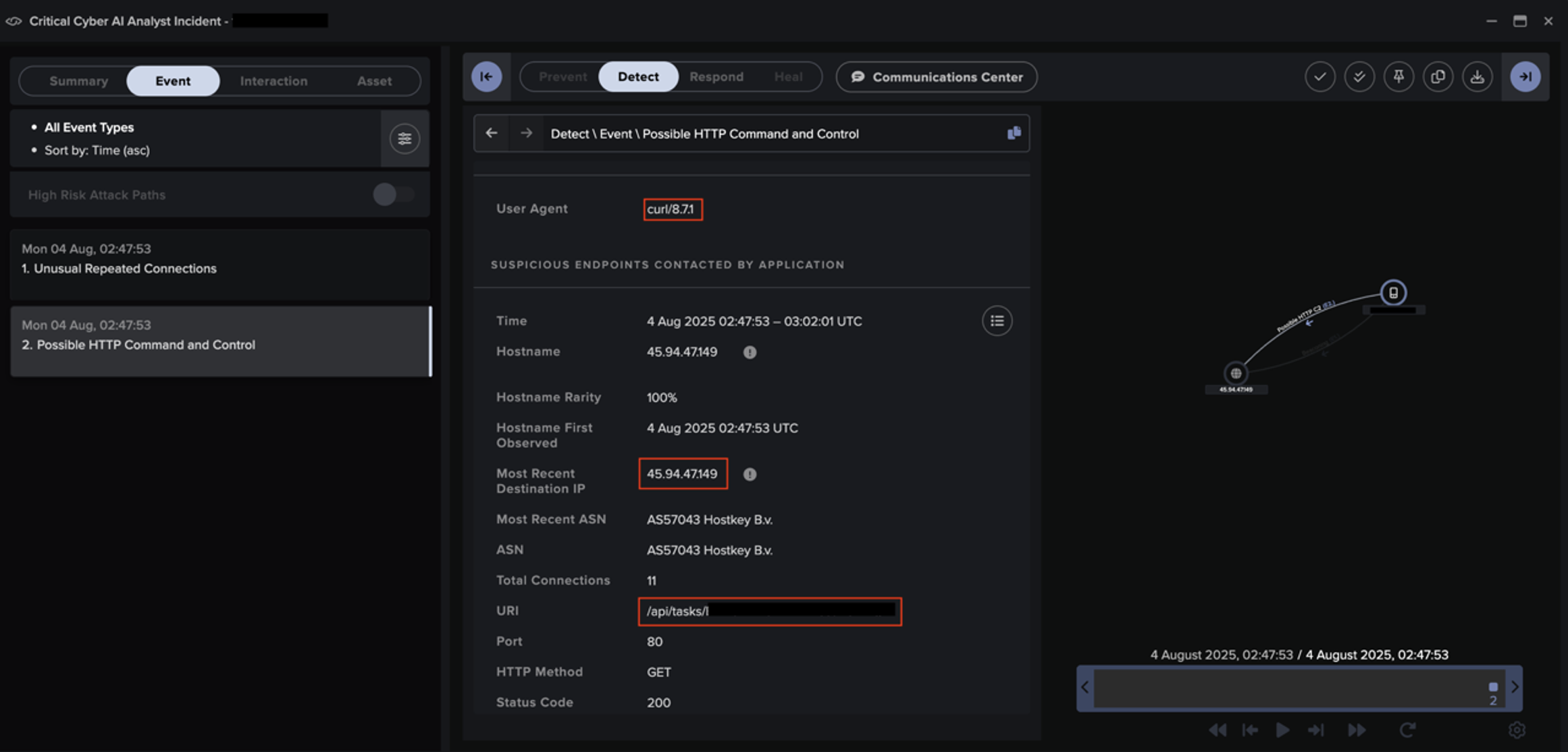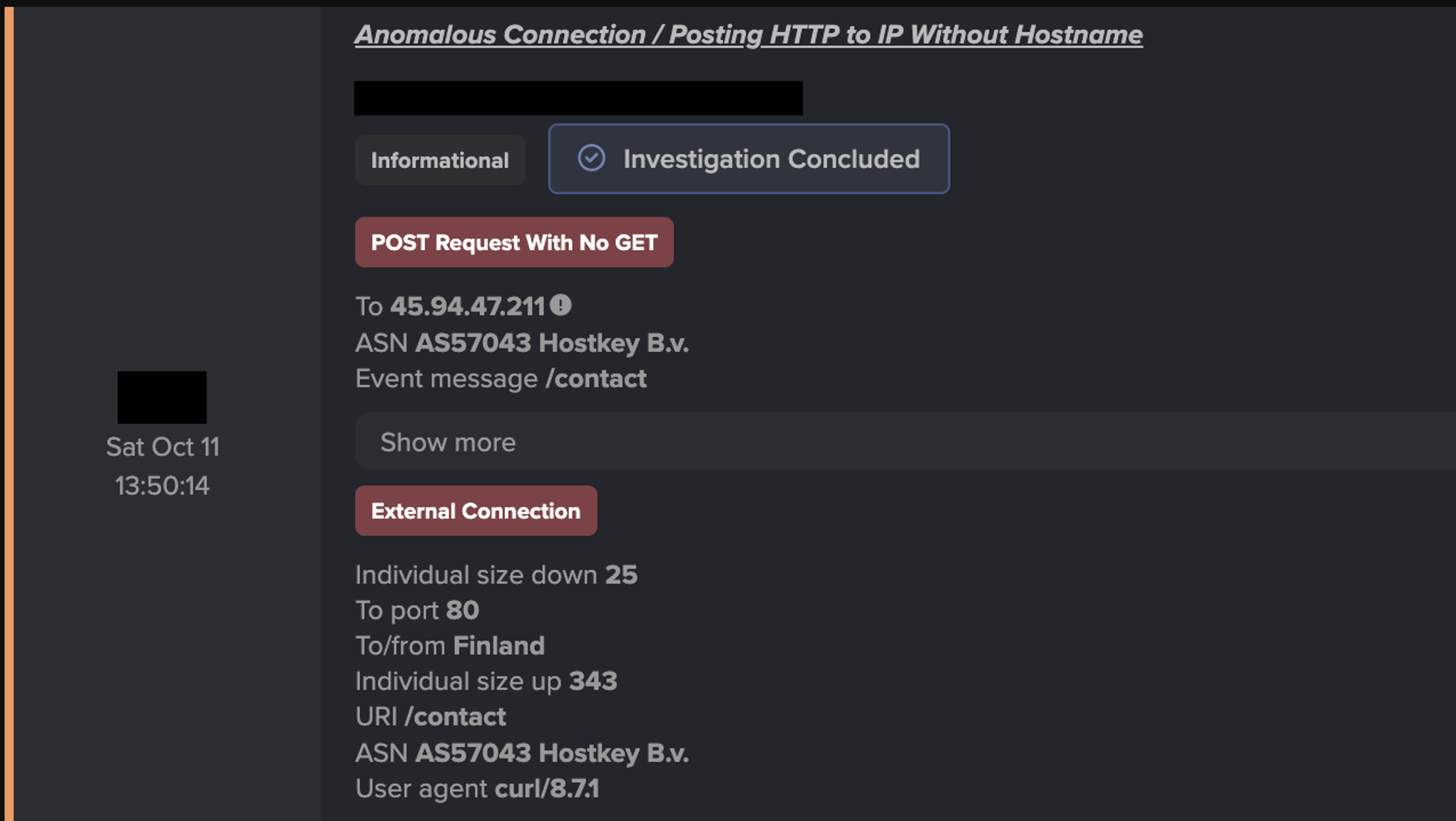Evolving Threats Need Comprehensive Security
Attacker innovations have drastically increased the velocity, sophistication, and success of cyber security attacks, as seen with multi-domain and multi-stage attacks that are now widely used in adversary methodology.
When it comes to defense, traditional cyber security point solutions cannot keep up. They have a depth of intelligence in a specific domain but rely on existing attack data to detect threats. This allows the known to be stopped, but the uncertainty in identifying unknown threats creates an alert deluge. Security teams are then required to build processes to triage alerts, and manually combine data through APIs, integrations and rules – just to correlate incidents across multiple IT domains.
Traditional eXtended Detection and Response (XDR) rose to aid security teams, and while they are able to stitch together suspicious events from network, endpoint, and cloud, they still lack adequate domain coverage in areas such as email – where the majority of initial infection occurs – require human validation, prioritization, and triage, and ultimately remain reactive in nature.
Security teams are at a breaking point, with too many alerts, too little time, and fragmented support from a bloated vendor stack. Simply put, most organizations lack the human resources needed to maintain cyber resilience.
Introducing the Darktrace ActiveAI Security Platform
Darktrace ActiveAI Security was designed to transform security operations to a proactive state. Its AI trains on an organization’s specific business and IT information, learning the day-to-day normal operations, not yesterday's threat intelligence.
This approach gives security teams unprecedented visibility across any area where Darktrace is deployed, including cloud, email, network, endpoints, identities, and operational technology (OT). With this understanding of the business, the AI can detect and respond to known and unknown threats with precision, even those threats never seen before.
Darktrace’s proactive and incident response tools help your team get ahead of security gaps and potential process risk by understanding your internal and external threat surfaces and identifying where preparedness can be improved.
A unique and patented investigative AI, called Cyber AI Analyst, operates across the platform to augment human teams with automation and efficiency gains, performing continuous investigations of prevalent alerts to redefine the SecOps workflow and help security analysts arrive at decisions quickly. An extensive range of services aid customer resources in getting the most out of the Darktrace ActiveAI Security Platform.

Security operations and the incident lifecycle
SOC teams have three general areas of focus, and each can be supported by Darktrace ActiveAI Security

1. The benefits of being proactive
Darktrace ActiveAI Security helps teams become proactive by identifying and closing gaps before they are exploited. This reduces the impact and cost of attacks.
The platform achieves this by looking at each organization to understand potential human and machine entry points for an attacker. In an upcoming update, our technology will also include firewall rule analysis for more precise attack path modeling.
The AI considers its findings with local business and IT context to identify the most risky and impactful devices, identities, and vulnerabilities, so teams can prioritize what to patch first.
Additionally, Darktrace ActiveAI Security boosts proactivity with incident readiness, supporting each organization’s people, processes, and technology with training simulations, dynamic playbooks, and readiness reports.
2. Complete visibility of known and novel threats
Darktrace ActiveAI Security Platform drives efficiencies during the active incident phase, saving time and effort while providing comprehensive and tailored protection. It applies context from enterprise data, ingested from both native sources (email, cloud, operational technology, endpoints, identity, applications, and networks) and external sources (third-party security tools and intelligence) to detect known, novel, and unknown threats.
Other security vendors aggregate and generalize data across their customers, treating threat detection with a big data approach. They extract intelligence, write new rules and signatures, and train their supervised machine running in the cloud. Only after that do they distribute new detections based on the changes in the threat landscape. That leaves a window of opportunity for attackers. For example, when Log4J struck, most vendors needed precious time to catch up and defend against it
Contrast that to Darktrace’s approach to detection. Our AI continuously trains on each organization’s unique business data, allowing it to function beyond known attacks in the threat landscape. Therefore, our AI can defend organizations even against attacks that have never been seen before because it focuses on each customer’s data instead of trying to win this big data problem.
While our AI has always been able to surface threats without needing to decrypt traffic, because it can surface anomalies in the characteristics of the overall communication, an upcoming update will soon make decryption possible for deeper forensic analysis.
This also leads to massive efficiency wins. For example, self-regulation and detection accuracy. If our AI keeps seeing certain types of anomalies in an environment, and if those are part of a legitimate business process, the AI will autonomously start lowering the alert severity, therefore reducing the burden on security teams to fine-tune detection and alerting.
3. AI-led investigation and response
Darktrace ActiveAI Security Platform helps teams triage, investigate, and respond to accelerate response time and reduce disruption.
Traditional security stacks use a lot of raw data combined with threat intelligence, like rules and signatures and supervised detections. The results are then put together and presented to the human team, who still needs to triage, understand, and investigate the situation.
Darktrace customers natively ingest raw data, apply anomaly detection and business learning, then build chains of generic anomalies which could include threat intelligence of third-party alerts. Those are then continuously investigated by our Cyber AI Analyst and put forward for human verification and actioning of next steps if they are deemed critical. This simplifies the triage process to save investigation time.
An upcoming feature for the Cyber AI Analyst allows teams to customize how it investigates each threat type, such as configuring what type of hypotheses are being run – giving teams more control. The result is a complete transformation of the triage process, where every relevant alert is investigated for the security team, those critical are prioritized for action, others await secondary investigation, or allow analysts to proactively review security gaps to stop future attacks of the same attack paths.
Last but not least, we help drive efficiencies by automating threat response with behavioral containment. That means our AI can identify and stop unusual behavior that indicates a threat while still allowing normal benign business activity to continue, all without the security team’s having to predefine every conceivable reaction.
Conclusion
Darktrace ActiveAI Security is a native, holistic, AI-driven platform built on over ten years of AI research. It helps security teams shift to more a productive mode, finding known and unknown attacks and transforming the SOC to drive efficiency gains. It does this across the whole incident lifecycle to lower risk, reduce time spent on active incidents, and drive return on investment.
For more information on the Darktrace Platform, download the solution brief here.
Join over 9,000 customers who have started their journey to the Darktrace ActiveAI Security Platform by selecting one of our leading cybersecurity solutions in Email Security, Network Detection and Response, Cloud Native Application Protection, and OT Security.
Discover more about our ever-strengthening platform with the upcoming changes coming to Darktrace/Email and Darktrace/OT.
Learn about the intersection of cyber and AI by downloading the State of AI Cyber Security 2024 report to discover global findings that may surprise you, insights from security leaders, and recommendations for addressing today’s top challenges that you may face, too.











































![Autonomous Response’s suggested actions to block suspicious connectivity to IP 45.94.47[.]149 for the device within the second customer environment.](https://cdn.prod.website-files.com/626ff4d25aca2edf4325ff97/6931e3cb1ddc36af8205720b_Screenshot%202025-12-04%20at%2011.40.54%E2%80%AFAM.png)

![Cyber AI Analyst investigation finding a successful POST request to 45.94.47[.]144 for the device within the third customer environment.](https://cdn.prod.website-files.com/626ff4d25aca2edf4325ff97/6931e41d22eb7e9a3e8217d5_Screenshot%202025-12-04%20at%2011.42.15%E2%80%AFAM.png)

